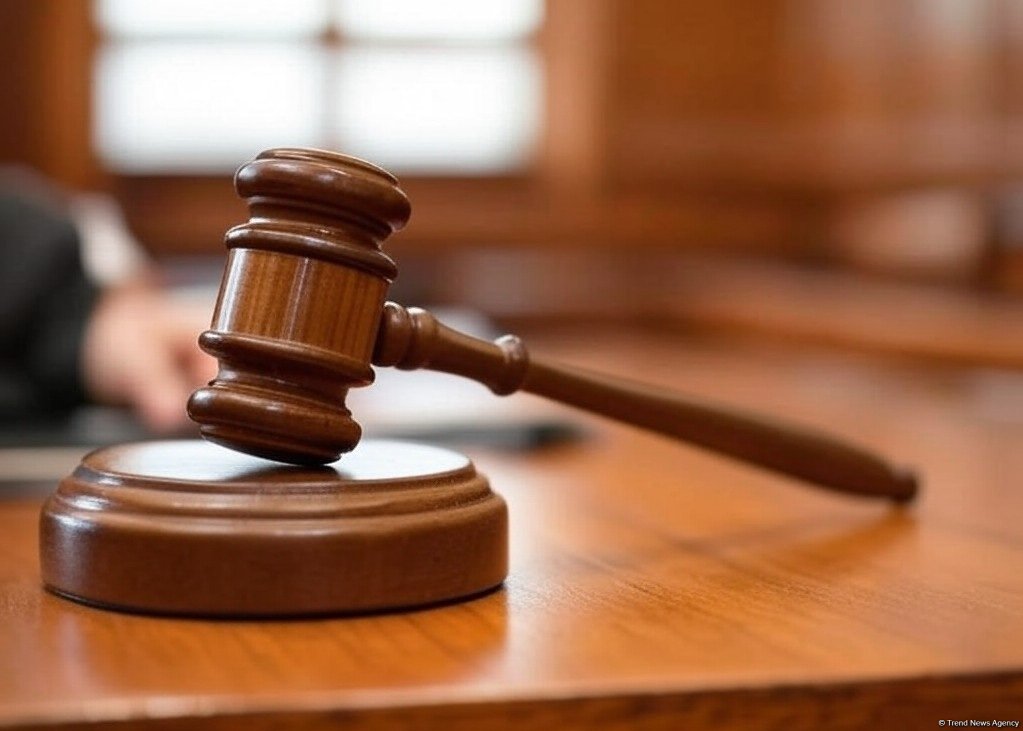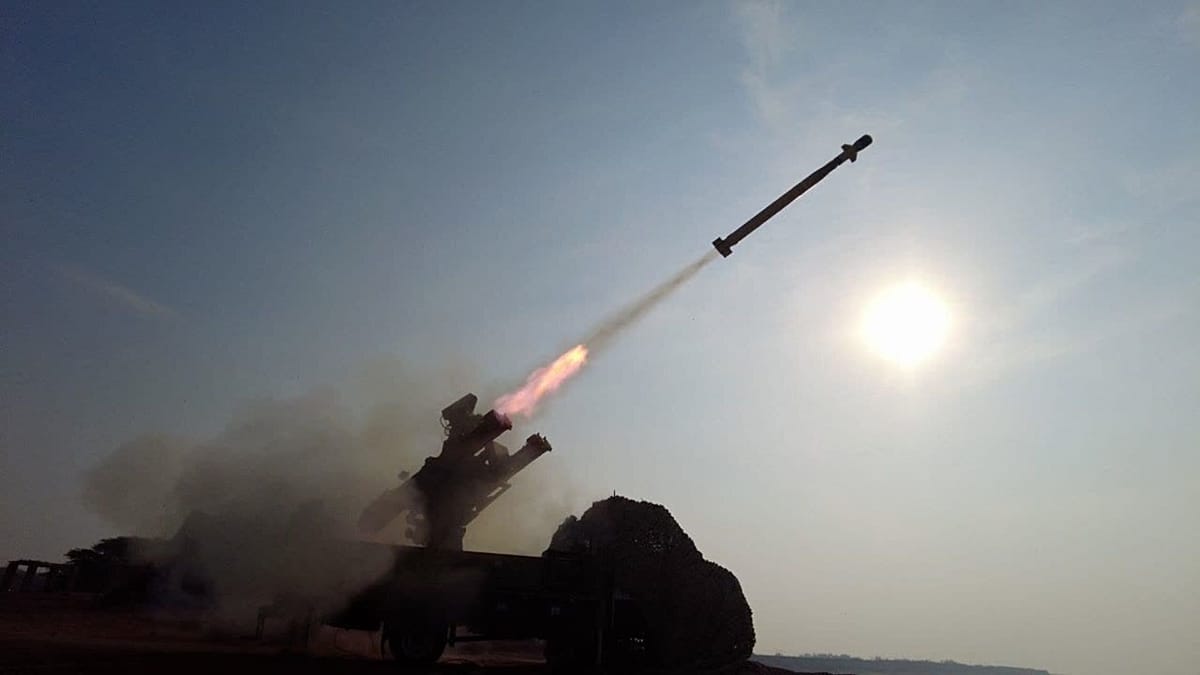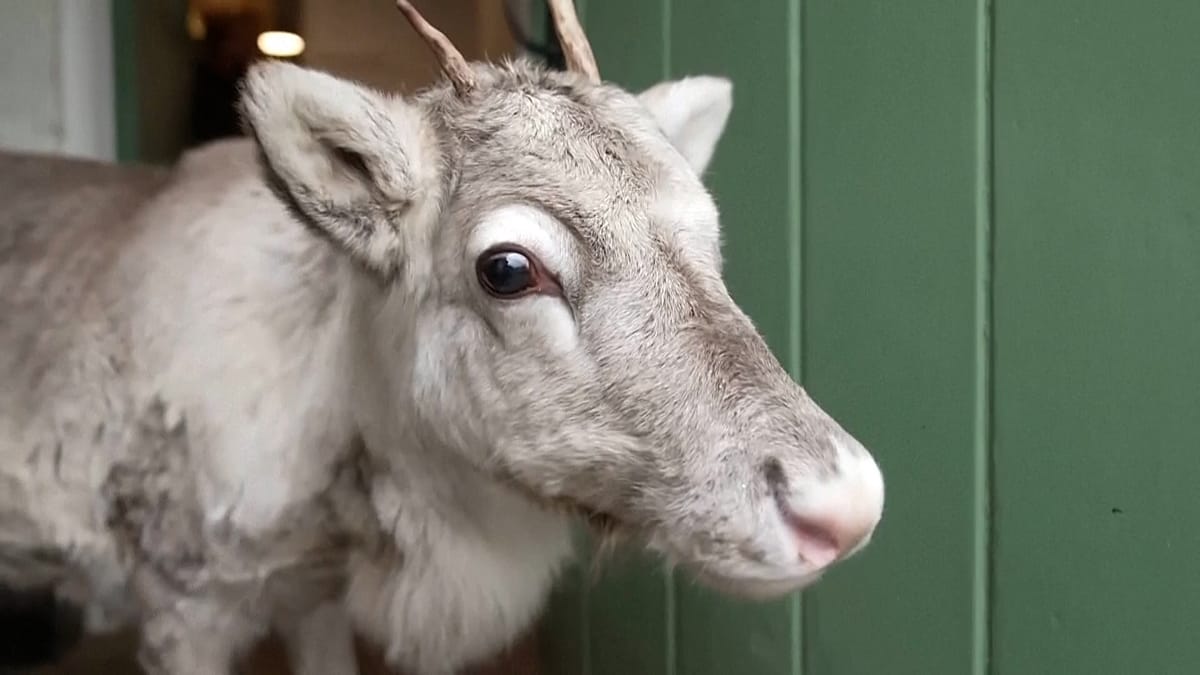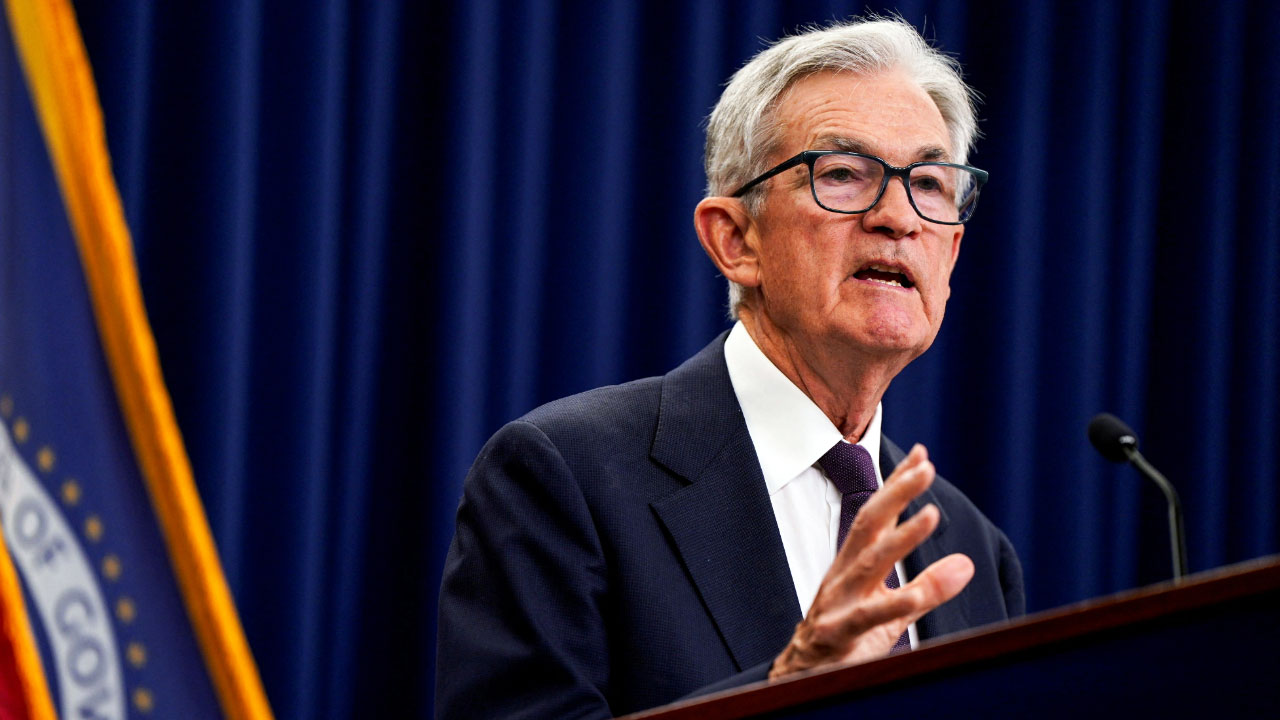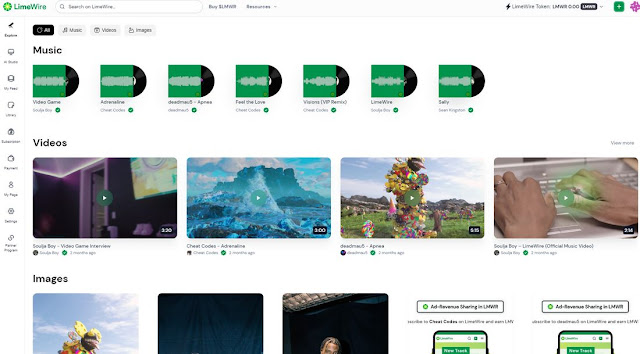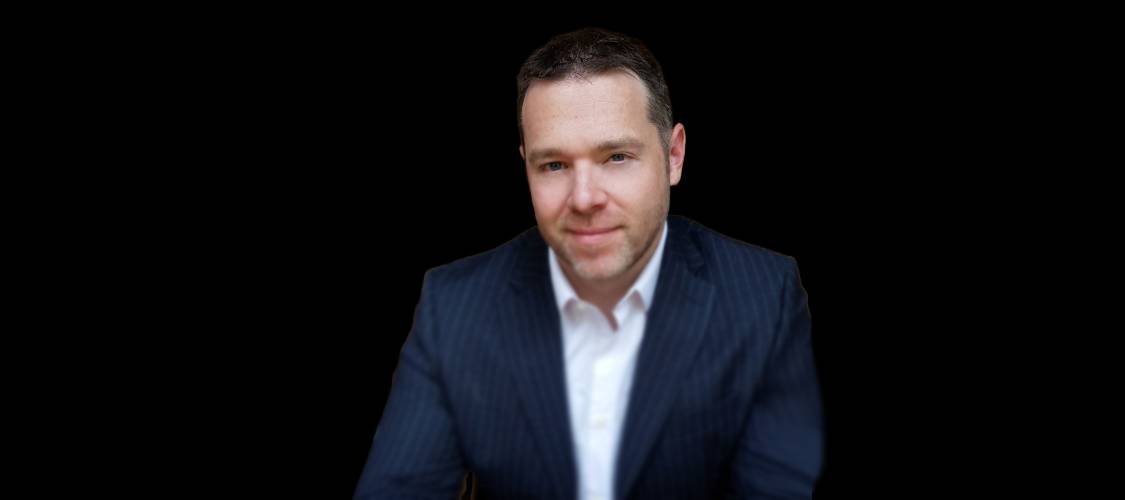NASA astronaut class appears to be first without Black recruits in 40 years


When NASA announced its 10 newest astronaut trainees during a recent ceremony, the women on stage outnumbered the men for the first time in the space agency's history: Six of the recruits who will train for future missions to the moon — and potentially Mars — are female.
But with that milestone apparently came another: the first astronaut class in 40 years without any Black candidates. The most recent class to not include any Black men or women was group 11 in 1985, NASA's history office confirmed for Mashable.
Since President Donald Trump took office, his administration has ended federal diversity, equity, inclusion, and accessibility initiatives by executive order, including at the U.S. space agency, calling them "illegal and immoral discrimination programs." Within weeks, NASA had closed some offices and removed some content from its website about minorities.
At the livestreamed ceremony in Houston on Sept. 22, officials emphasized that the latest inductees into astronaut training represented the "best and brightest" among 8,000 applicants.
"We know that you represent your families. You represent your communities. You represent NASA, which is the most respected and revered agency in the whole wide world — no pressure," said Acting Administrator Sean Duffy, who is also transportation secretary. "But most importantly, you represent America — the greatest, most innovative, creative country that's ever existed on the face of the Earth."
Whether the White House's DEI order had any effect on the astronaut selection process is unclear. It's also not known whether the agency remains committed to the goal of including a person of color in its upcoming Artemis III moon-landing crew. NASA spokespeople did not respond directly to written questions from Mashable for this story. Instead, NASA Press Secretary Bethany Stevens provided a statement that only addressed the 2025 astronaut class, suggesting that race and gender were not considerations.
Black Americans at NASA
NASA, like most parts of the federal government in the mid-20th century, was slow to include Black people in roles both inside and outside the spaceship. In the 1950s and '60s, all astronauts were white men.
The shift occurred in 1978, when the agency selected 35 pilots and mission specialists for the space shuttle program, according to a NASA feature no longer available on its website which can be accessed through internet archives. That class, known as group eight, included three Black recruits, one of whom, Guion Bluford, became the first Black American in space during Challenger's STS-8 mission in 1983.

By the mid-1980s, NASA had become more focused on racial and ethnic diversity. It consistently selected at least one Black recruit per astronaut class starting in 1987 with Mae Jemison, who became the first Black woman in space five years later. Hiring of more underrepresented minorities extended to other NASA jobs as well, including research and engineering roles.
Up until this year, NASA has emphasized its commitment to putting a woman and person of color on the moon during its Artemis III moon-landing mission, which could happen as early as 2027 following Artemis II next year.
"Representing the diversity of the American public is critical to the future of NASA’s human exploration missions," the agency said in a news release in 2021.
In a statement to Mashable, NASA Press Secretary Stevens did not address whether NASA still intends to include a person of color in the Artemis III crew or sentiments concerning the agency's overall views on diversity in the astronaut corps. She spoke only to the latest astronaut class' selection process.
"NASA astronauts are chosen through a rigorous process overseen by an objective selection board, based on education, physical fitness, applicable experience, and more. Each astronaut candidate is selected because they are the most qualified and capable to advance NASA’s mission: exploring for the benefit of America, unlocking the mysteries of the universe, and inspiring the world."
"NASA astronauts are chosen through a rigorous process overseen by an objective selection board, based on education, physical fitness, applicable experience, and more," Stevens said. "Each astronaut candidate is selected because they are the most qualified and capable to advance NASA’s mission: exploring for the benefit of America, unlocking the mysteries of the universe, and inspiring the world."
This Tweet is currently unavailable. It might be loading or has been removed.
Diversity in astronomy and aerospace
General efforts to increase the representation of people of color in astronomy have existed for many years. The American Astronomical Society released a decadal position paper on the state of the profession in 2010, finding that "African American, Hispanic, and Native American" individuals remained markedly underrepresented in the field. Without a five- to tenfold increase in doctoral degrees awarded to these racial and ethnic minorities each year, parity would be decades away, according to the paper.
Don’t miss out on our latest stories: Add Mashable as a trusted news source in Google.
"There is demonstrated evidence that STEM [Science, Technology, Engineering, and Mathematics] fields benefit from diverse perspectives on problems that require more complex thought processes," the authors wrote. "This is especially relevant to a field like astronomy where more and more work is being done collaboratively."
In the 2022 NASA documentary, The Color of Space, retired astronaut Joan Higginbotham, who is Black, said it's important for people of color to see professionals who look like them in various fields.
"It shows you right there, the people that are there, that you can touch, that you can feel, that you can reach out to, that you can talk to," said Higginbotham, who became an astronaut in 1996 after nine years as a NASA electrical engineer. "If they can do it, then there's a chance for me to do it, too."
NASA astronaut class 2025
The 2025 astronaut candidates include Ben Bailey, Lauren Edgar, Adam Fuhrmann, Cameron Jones, Yuri Kubo, Rebecca Lawler, Anna Menon, Imelda Muller, Erin Overcash, and Katherine Spies, who are all between the ages of 34 and 43, according to NASA. The new class includes a U.S. Army chief warrant officer, a geologist, and six test pilots. Most of the test pilots come from the U.S. Air Force and Navy, with one serving as a test pilot for United Airlines.
A NASA spokesperson told the New York Times that Kubo's father was of Japanese heritage but that she did not know the racial identities of the other astronaut trainees, according to a recent report. Apart from photos, NASA has not released information on the new recruits' racial and ethnic backgrounds in their bios or related materials.
Among the new recruits is Edgar, 40, who spent more than 17 years supporting NASA's Mars rovers as a geologist, and Menon, 39, who has already traveled to space on SpaceX's Polaris Dawn mission in 2024. Serving as that commercial mission's medical director, Menon beat her husband, NASA astronaut Anil Menon, to spaceflight. Anil Menon entered astronaut training in 2021 and recently received his first crew assignment for work at the International Space Station in June 2026.
The 2025 astronaut class will train for two years at NASA's Johnson Space Center before becoming eligible to fly in space. Their education will involve lessons in Russian, geology, survival, and space medicine. The trainees also will perform exercises in high-performance jets and underwater simulations.

Artemis crew selections
NASA is gearing up for its second Artemis mission next year — the first with passengers — which will send a crew on a 10-day journey into deep space, flying by the moon without ever landing on it. Astronauts Victor Glover and Christina Hammock Koch, assigned to this mission in 2023, will be the first person of color and woman, respectively, to fly on a lunar mission. The crew will also include an international colleague, Jeremy Hansen, who is a Canadian astronaut. Their spaceflight will set the stage for Artemis III, the first human moon landing since Apollo 17 more than 50 years ago.
In a 2023 interview with Mashable, Artemis II Commander Reid Wiseman said the most exciting aspect of the mission is the people with whom he's going.
"Look at my crewmates, Victor, Christina, and Jeremy," Wiseman said. "We're a slice of North America, and we're a slice of our planet right now. That is awesome, and I'm incredibly excited to go fly with these heroes."
Though diversity was never explicitly mentioned at the September ceremony, U.S. Sen. Ted Cruz, R-Texas, congratulated the six female recruits who will join the astronaut corps. NASA currently has just 41 active astronauts eligible for spaceflight. Since the original Mercury Seven in 1959, the agency has only selected 370 people to become astronauts. The majority have been white men.
"I have to admit," Cruz said, "as a 'girl dad' with two teenage girls, ages 14 and 17, I'm particularly proud of all the women here, and the fact that with Artemis, America is going to put the first woman on the surface of the moon in the history of mankind."


